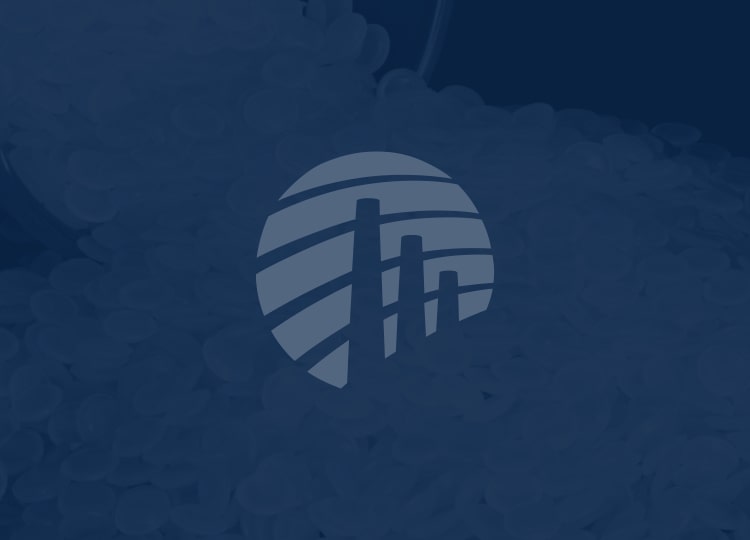
Dear Sirs!
INVENTRA has the pleasure of inviting you to the Twelfth International «Rubbers and Tires 2017» Conference.
Date: October 10, 2017
Venue: Hotel Baltschug Kempinski Moscow
After a positive 2016, the global rubber market has now encountered new challenges. In early 2017, prices for natural rubber grew sharply, and supply was affected by the flood in Thailand. With world consumption growing, mainly in the Asia-Pacific, prices for synthetic elastomer grades have increased, too. How do the global trends influence the Russian market?
Russian rubber producers are adding production volumes, expanding the grade assortment and strengthening cooperation with consumers both inside Russia and abroad. There is positive feedback on the quality of Russian feedstock from the leading European buyers. Meanwhile the local demand for synthetic rubber from converting companies is limited by the shortage of specialty chemicals, and by the high cost of imported products. What would the strategy of the rubber producers to develop domestic consumption be?
The tire market, the largest in terms of rubber consumption, is the most flexible in terms of feedstock price volatility. A significant share of produced tires is sold in the aftermarket, while the presence of large local and international players makes the segment attractive for investment and financing. The main supporting factors for production and sales of tires in Russia are the following: improvement of the situation at automotive plants, growth of retail sales, and demand for Russian tires abroad. Increased competition should be noted in the mid-price tire segment, as the localized producers are strengthening their positions in Russia. What is the structure of the Russian tire market in 2017?
2016 ended a three-year downward streak in the rubber goods market. Certain segments of rubber consumption even showed growth, and the leading rubber plants managed to increase production volumes and invest in equipment upgrade. However, the beginning of 2017 brought some adjustments: the cost of raw materials grew, and only the largest players can now afford modernization. For a substantial shift, the converting companies need support from the government and the feedstock producers. What are the challenges that the rubber goods companies are facing in 2017?
Participants of previous conferences include Altai Tyre Plant, ARLANXEO, Avtotor, Bridgestone, Cable Alliance Holding, Continental, ExxonMobil, Gazprom Khimvolokno, Goodyear, Ingle, Kraiburg, MakroChem, NIIRP, Nizhnekamskneftekhim, ROSAVA, Rubex Group, Russian Automotive Market Research, Sabic, Sibur, Solvay, Synthos, Titan Group of Companies, Tyre Manufacturers Association, UTS, Yaroslavl Rubber Goods Plantand other companies.
To request more information about the event please contact us by phone +7 (495) 276-77-88, +7 (495) 797-49-07 or e-mail: org@creonenergy.ru
All data is transmitted securely and encrypted
¹ Creon Conferences publishes information and provides services for participants of the global market, that’s why we need to share your personal data with Creon Conferences and service providers, both in the countries of the European Economic Area (EEA) and outside it.




All data is transmitted securely and encrypted
¹ Creon Conferences publishes information and provides services for participants of the global market, that’s why we need to share your personal data with Creon Conferences and service providers, both in the countries of the European Economic Area (EEA) and outside it.